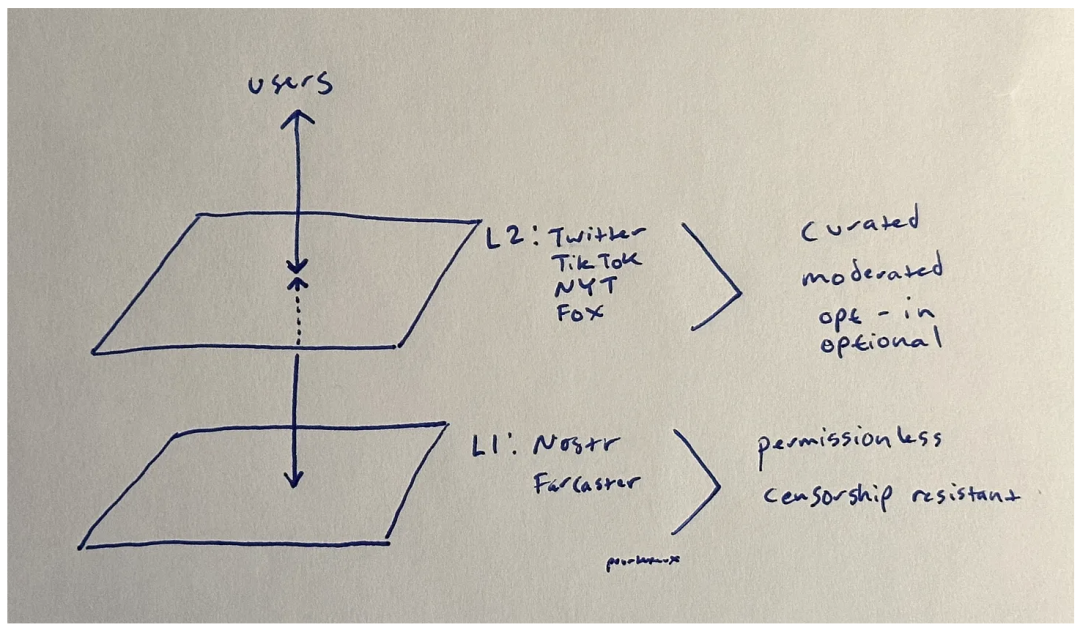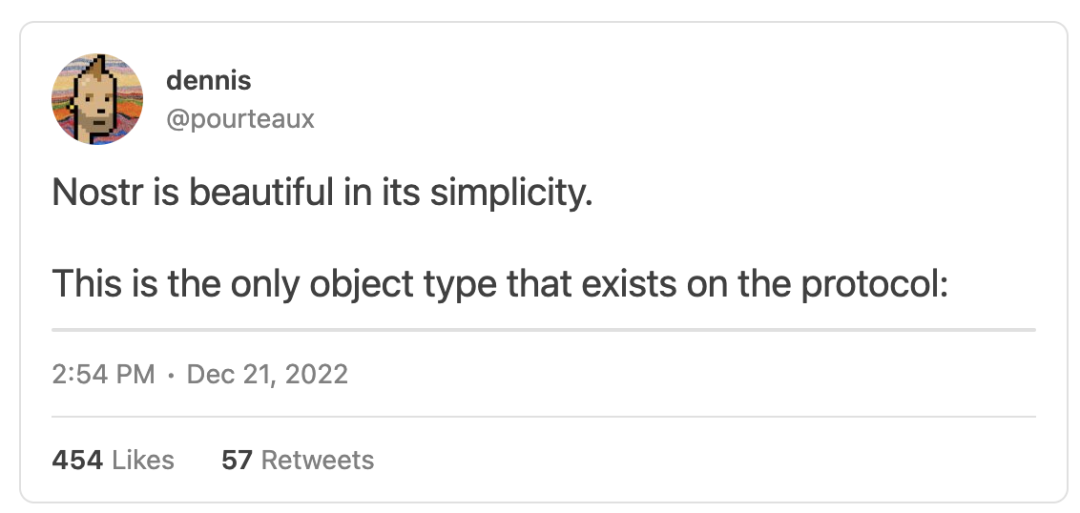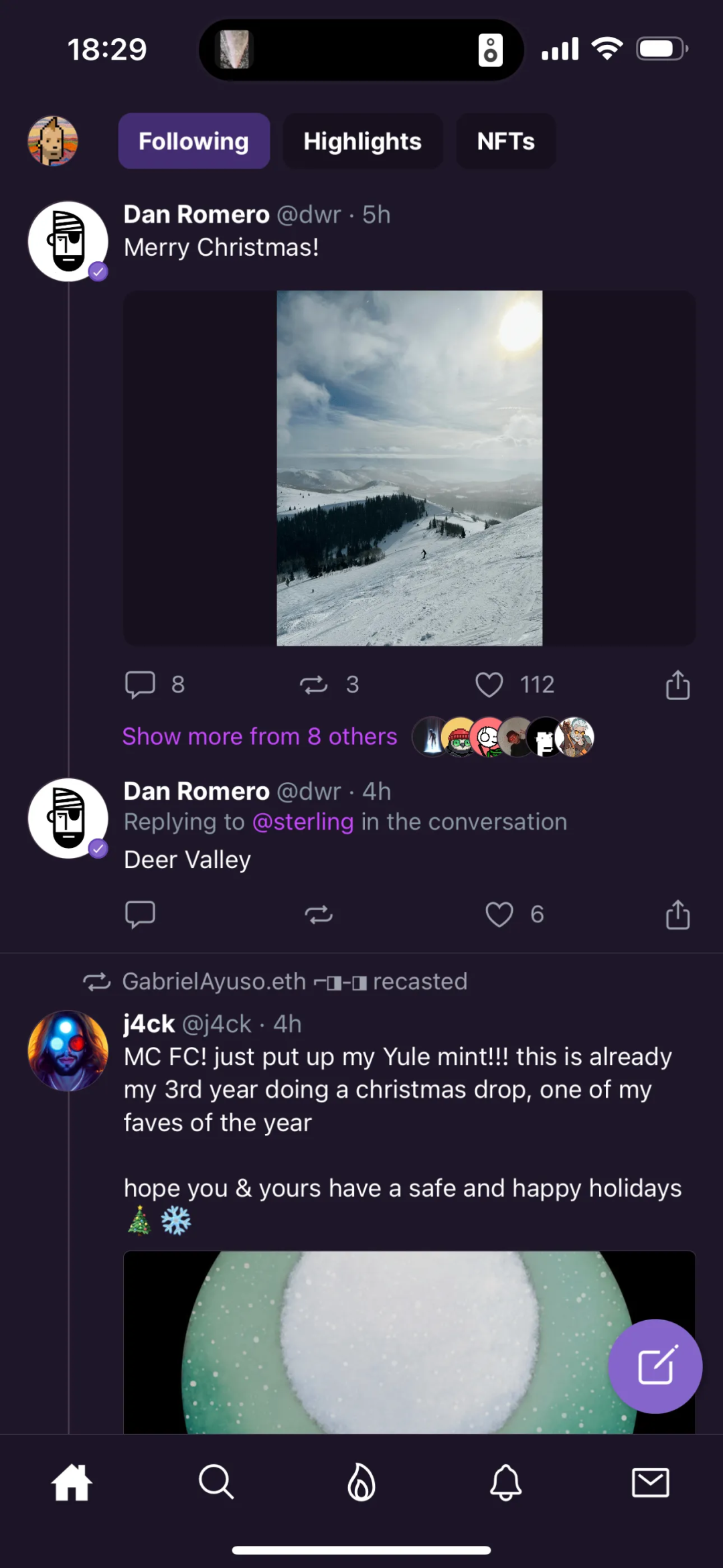Image Credit: Generated by Maze AI
Compilation of the original text: The Way of DeFi

Image Credit: Generated by Maze AI
I've long been critical of the idea that Twitter is a "town square" where moderation is called "censorship" and users are entitled to membership in the platform and access to controlled audiences. Proponents of this position see Twitter almost as a utility and argue that restricting the platform's activities is effectively an unconstitutional restriction on speech. Surprisingly, this is the view of modern "new wave" libertarianism, whose proponents claim that Twitter's monopoly due to its insurmountable network effects does not deserve the typical protections afforded to private companies.

Private companies were never town squares, but agreements might be.
I agree with old-fashioned libertarians: Twitter is a private company that sets its own terms of service, and the government shouldn't be making operational decisions on Twitter's behalf. No one should be entitled to the services of private companies, and there are unlimited venues for free speech without making demands on specific platform audiences. Clearly, platformizing hate speech is not good for Twitter's business because they lose advertisers. The idea that you can't compete with Twitter is absurd, it has many social network competitors like Facebook and TikTok, it also has direct competitors like Gab, Mastodon, Truth Social etc.
New wave libertarians argue that those banned from Twitter "can't just start their own social network," but that's actually what the former president did to Truth Social after his Jan. 6 ban. Furthermore, many of the people who claim to be “censored” actually have huge platforms, often using talk of “censorship” as a means of populist growth.
As a private company, Twitter not only has the right to moderate speech as they see fit, but a well-curated platform could make Twitter a better user experience and a more profitable business. Few people want to have 4chan on their Twitter timeline. Musk did us all a favor when he took over Twitter, and he quickly proved it to the right: The man who promised to "free Twitter" restricts speech as much as Twitter's previous leadership, if not more many. He did it more impulsively, with less procedure, and with a center-right bias, but the point is he did it.Twitter without moderation has always been untenable, a private company cannot create a platform for truly unimpeded speech, and when they try, the platform becomes a cesspool that is ignored by almost everyone, and without a business model, just Like 4chan.
That being the case, you might be wondering - why am I advocating an open, permissionless and censorship-resistant social network?
The new social layer allows us to cater to those who want a fully open "town square", and those who prioritize a well-curated and curated experience. These two viewpoints seem to be opposite, but in fact they are completely consistent. In fact, I don't think there is any disagreement between the groups represented by these two statements, they just notice different parts of the dysfunction of modern social networks. Over the past few years, private companies have tried, and failed, to become champions of free speech and places with basic rules of decorum.
You can't have it both ways. Governments, advertisers, employees and public pressure will force private companies to limit speech. Also, any management action could be abused in the future and could disenfranchise many people.
A private company cannot become a public square, but an agreement can.
A protocol like Nostr or Farcaster can be permissionless and censorship-resistant because in a distributed network, no one can send it a delete request. Of course, this is a half-baked solution, because if you stop here, all you get is a distributed 4chan, which basically nobody is interested in. You need a second tier of private companies and clients to act as curators and moderators. Users can opt-in and pay for this management layer to provide a better experience. Depending on your worldview, you could pay for Tier 2 curation from The New York Times or The Joe Rogan Experience.
Twitter itself could be a content curator from Nostr or Farcaster (or both) and serve you ads next to your content to keep the platform free. There may be some overlap in the review decisions of all these different L2 operators, but there will also be a lot of non-overlapping review decisions. So no one is at risk of being "de-platformed" unless you do the impossible task of being banned by all the different L2 managers at the same time. Even so, such a person's posts can still be seen on unmoderated L1 for those who can stand it.
Thus, the "social layer" addresses a need on both sides of the political spectrum: a social platform that doesn't have to worry about "censorship" and "de-platforming", while still allowing users to opt-in to a curated experience from moderators they trust!

The social layer allows all the benefits of a permissionless and censorship-resistant L1, with all the benefits of an optional curated experience in L2.
Let's dig into two attempts at L1: Nostr and Farcaster. I'm excited to use both and will provide my non-technical experience with both and the potential and limitations I see. I would also like to thank fiatjaf (who founded Nostr) for helping me understand nostr and Dan Romero (founder of Farcaster) for inviting me to join Farcaster. I would also like to thank Maciek Laskus for his thorough analysis of each issue and conversation with me on the topic. Let's start with a table:

Both Farcaster and Nostr aim to decentralize communication, but make different trade-offs in the process.
Both Nostr and Farcaster use repeaters (called "hubs" in Farcaster) to store social data (such as posts) and transmit it to users (the software users run are called "clients"). Farcaster uses Ethereum architecture (e.g. accounts use Ethereum keypairs), while Nostr does not use a blockchain (although you see a lot of Lightning Network transactions, it can theoretically support any blockchain).
It's worth noting that Farcaster is a VC-backed company with a well-known team and a great product, while Nostr is not a company at all, it was founded by an anonymous person with no funding (although it was later obtained from Jack Dorsey funded by 14 BTC), and is clearly in an earlier stage of development. While talking to fiatjaf, who I confirmed Nostr's only funding was this bitcoin grant from Jack, fiatjaf has since parted ways with jb 55, who is developing the Damus client on iOS and macOS. Both Farcaster and Nostr have clients and services built on top of it (examples: Nostr, Farcaster), although Farcaster seems to be further down the road. In fact, some of the design choices made by Farcaster make development easier, while the simplicity of Nostr is a trade-off between difficult near-term development and more potential future use cases.

For example, Farcaster currently requires full synchronization of all hubs in the network, which makes it easier to develop clients. In contrast, Nostr allows relayers to host or delete any content, which makes client development more difficult in the short term, but allows for many potential business models for these relayers and more open-ended potential use cases. Repeaters on Nostr can then charge a subscription fee or serve ads or otherwise choose what to include and exclude.

Farcaster has put together a beautiful product for the average user, an app that works just as well as Twitter, if not better.
Nostr's current user base is mainly Bitcoin users, while Farcaster's user base is mainly Ethereum users and technology entrepreneurs.In many ways, this is also reflected in the design choices of each platform. Like Bitcoin, Nostr prioritizes simplicity, neutrality, and the convenience of running your own relayer (like a node in Bitcoin). Like Bitcoin, Nostr eschews venture capital, established companies or having high-profile founders. Running a hub with Farcaster is more difficult and expensive, but Farcaster asserts that certain design trade-offs still allow for "sufficient decentralization" while prioritizing more near-term use cases and an optimized product that is almost ready for retail users.
I have an account on both platforms (@pourteaux.com on Nostr, @px on Farcaster). Simply put, Nostr seems to follow the ethos of cypherpunks and Bitcoin, where simplicity and a robust protocol are paramount. I am very impressed with fiatjaf, jb 55 and other contributors. Farcaster follows a more traditional tech startup model, with a product that's been polished and looks delightful now. Both of these efforts are about creating a native social layer for the internet: I think it's a moral imperative. So much of society is dysfunctional as a result of our current layer of corporate society trying to be everything for everyone. A layered approach to social media that combines cypherpunk principles in L1 with the importance of agency in L2 to serve a social experience that meets everyone's needs.





